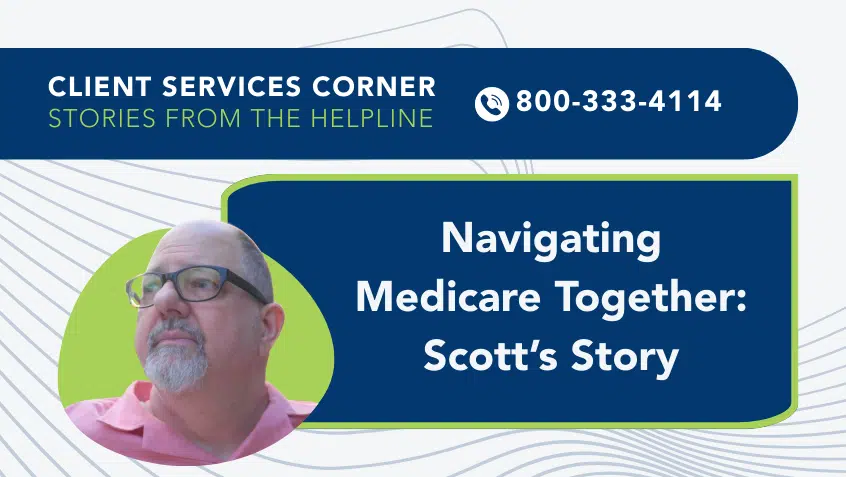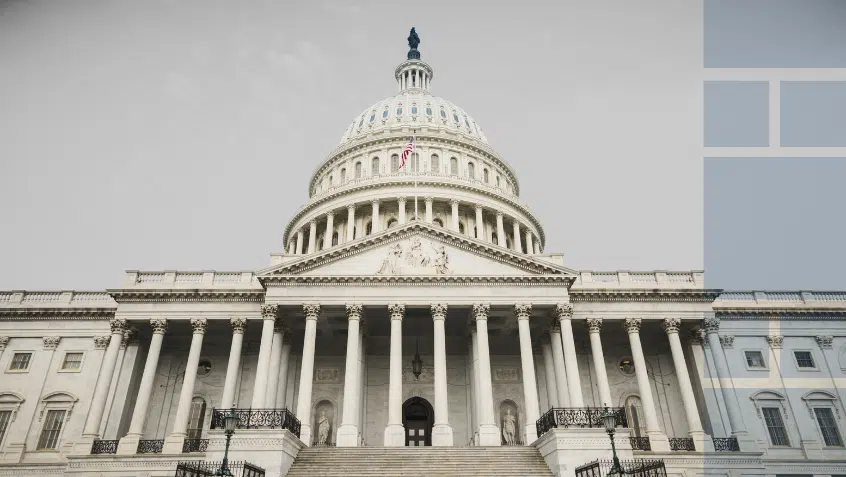Join Us Live for a Discussion on Medicare, Democracy, and the Future of Health Care
What to Know Before the Public Health Emergency Ends in May

The COVID-19 public health emergency (PHE) will end in May. This will mean several changes in health programs like Medicare and Medicaid and for providers, including hospitals, nursing homes, and certain specialists.
While there are still significant numbers of COVID-19 cases in many communities, the end of the PHE will end guaranteed access to free at-home diagnostic tests through Medicare. Some Medicare Advantage plans may choose to continue to cover such tests. Laboratory-conducted COVID-19 tests ordered by a provider will still be covered at no charge, and coverage for COVID treatments and vaccines will not change. For Medicaid, current coverage of at-home testing, treatment, and vaccines will stay in place until September 2024. After that, states may make coverage changes.
Many Medicare telehealth services will remain in place until the end of 2024, allowing people to use telehealth no matter where they are, instead of just from rural areas; to access telehealth visits from home rather than traveling to a health care facility; and to use a telephone for certain telehealth visits like mental health care instead of using both audio and video. Medicaid telehealth coverage was not PHE-related, so it will be left to states to decide how and when to cover it.
To help protect public health, some states and territories have provided COVID-19 vaccinations, testing, and treatment for uninsured individuals using Medicaid funds. This coverage will end with the PHE.
Medicaid’s enrollment changes are extremely important. As Medicare Rights has outlined before, Congress put continuous enrollment requirements onto state Medicaid programs at the start of the pandemic, and these requirements are set to expire in April. People who no longer qualify for Medicaid will lose coverage, and enrollees who have difficulties navigating burdensome administrative processes are also at risk. As part of this shift, Medicaid enrollees who first became eligible for Medicare during the pandemic but did not sign up will have to do so.
Certain providers have also had greater flexibility during the PHE, including waivers that allow greater autonomy for certain specialties, reduced or delayed paperwork, and initiatives like Acute Hospital Care at Home, which allowed hospitals to provide hospital-like care to people in their own homes. Each of these flexibilities is on a different timeline for expiration.
As Medicare and Medicaid finances take center stage, take this opportunity to check your health coverage and see what is in store for you as the PHE ends. If you think you will still qualify for Medicaid, be sure to check in with your state to see what you need to do to ensure your coverage is uninterrupted. Think you might no longer qualify? You might still be eligible for help covering your Medicare costs.
Read more about the end of the PHE and the effect on Medicaid coverage.
Read more about what will change in Medicare at the end of the PHE.
Show Comments
We welcome thoughtful, respectful discussion on our website. To maintain a safe and constructive environment, comments that include profanity or violent, threatening language will be hidden. We may ban commentors who repeatedly cross these guidelines.
Help Us Protect & Strengthen Medicare
Donate today and make a lasting impact
More than 67 million people rely on Medicare—but many still face barriers to the care they need. With your support, we provide free, unbiased help to people navigating Medicare and work across the country with federal and state advocates to protect Medicare’s future and address the needs of those it serves.
The Latest
Most Read
Add Medicare to Your Inbox
Sign up to receive Medicare news, policy developments, and other useful updates from the Medicare Rights.
View this profile on InstagramMedicare Rights Center (@medicarerights) • Instagram photos and videos









